7 Tips to Start Taking Product and Lifestyle Photos for Your Small Business Today, According to a Professional Photographer
You don’t need a fancy camera to get started.

Opinions expressed by Entrepreneur contributors are their own.
When you’re just starting out or launching a new business, photography is probably the last thing on your mind. However, it’s a crucial part of successful marketing. But don’t worry: You don’t need to spend thousands of dollars hiring a photographer or investing in fancy equipment. In fact, with a quick trip to your local art supply store and the help of your smartphone, you can get started today.
Related: Hiring a Professional Photographer? Consider These 3 Things First.
Don’t let the idea of taking photos on your own scare you, though — we’ve enlisted help. Phil Mansfield is a photographer and professor who specializes in a range of subjects, from product to lifestyle shots. His work has been featured in a variety of publications, such as the Daily News, The New York Times, Food & Wine, Vogue Living and more. He’s also currently helping to develop new courses in food photography and styling at the Culinary Institute of New York. (Because yes, those delicious-looking food photos you see on Instagram actually take a lot of time and planning.)
“Understanding your tool and your visual design eye is a muscle, I believe,” Mansfield tells Entrepreneur. “The more you do it, the better you get at it.”
Related: 14 Amazingly Free Stock Photo Websites
From telling a story to setting up the perfect backdrop, click through the slideshow for Manfield’s eight do’s and don’ts for ecommerce and product photography.
This conversation has been edited for length and clarity.
Define your goals.
“I think most importantly is understanding what the story is that you’re trying to tell with a photo,” Mansfield says.
“If I’m doing a product shot of a perfume bottle, is it supposed to be a study of the architecture of the the bottle itself and the beauty of the lines? Is it supposed to represent a lifestyle of somebody else who might use it? All of these things affect how you take the picture, and the technical nature as well, [such as] where you position the camera.
“A lot of people just shoot quickly without really thinking about it. One of the luxuries is your [product] isn’t particularly moving — it’s going to sit there. But really figure out why you are being attracted to take the photo. I always think that we take a photograph because we’re having some emotional reaction to what’s in front of us, and what a photographer and a business person need to do is understand, for marketing purposes, what effect this image is supposed to have on people who are going to see it. Is it to give them a warm fuzzy feeling about my company? Is it to show them how to do something? Is it to make comparisons?”
Identify your audience.
“Once again, it depends on what it is you’re trying to do. If it’s evocative of a lifestyle, then understand who your market is and be very specific. Make sure the themes respond to them.
“So, if it’s lifestyle for people who are outdoorsy, then it’s not going to help you to set up some shot in a studio — you want lifestyle stuff out in the woods or out in the country. If it’s more about the architectural aspects of whatever it is you’re photographing, then work with lighting to make sure it’s accentuating all of that.”
Related: What Your Profile Picture Says About You
You can use your phone.
“With your phone, make sure that whatever app you are using is capturing the largest file possible. When you capture photos on certain apps that are made specifically to go online, they will take a picture and size it down. If you’re using your camera’s native photo software, that’s taking as large an image as possible. Even though you’re shooting with a cell phone, have the idea that, “Who knows? Maybe someday I might want this large enough for a billboard.’ So, compose it beautifully and shoot as big a file as possible.
“If you really want to go past cell phones, you want to get a digital single lens reflex system, which basically is a camera body with the lenses that come on and off. That’s DSLR. All cameras these days are pretty amazing, especially for studio work. You can buy the lowest Canon or the lowest Nikon, and you’re still getting a pretty decent camera. Where you will not have as much satisfaction is with the lenses. So, as you start to grow, spend your money on glass, and by glass, we mean lenses.”
Choose the right background.
“Are you looking at creating a studio shot or are you looking at creating a lifestyle shot? Each one of those are going to have different needs.
“A studio shot needs some form of natural lighting that you can control. So, understand your resources. If you’re just looking at setting up some sort of ecommerce site, it can be done with a mini tabletop studio and then you can use house lights — you can use any sort of lights that you have. You can use white sheets, too. I would say neutral background is what you’re trying to do: Neutral background can be all white, but it could be all wood as well.
“Once again, if it’s an outdoorsy thing that your marketing or selling, maybe a wood background might be better, or if it’s something bright in the kitchen, maybe a clean stainless steel background. Your background is telling part of the story, so whatever you choose, make sure it supports the story that you’re telling about your product.”
Practice.
“You have to do a little bit of work to understand settings on your camera and to understand a little bit about lighting so you can recreate it [to keep your images consistent over time].”
“So many people simply don’t take pictures, and they wait for the perfect moment. Understanding your tool and your visual design eye is a muscle, I believe — the more you do it, the better you get at it. If you have this idea that you want to start taking pictures, but you’re waiting for something, forget about that. Get out there and just start taking pictures. The more comfortable you are with your tools, the more they will help you, and then the more you can push their boundaries and find out what else can you do.”
Don’t forget social media.
“One of the things you want to keep in mind is, different social media platforms like different orientations. Whether it’s horizontal or vertical, or a LinkedIn page versus a Facebook page. That’s part of the knowledge that you want to develop. There’s nothing more frustrating than uploading a photo to a site and it’s blurry or you can’t size it correctly, and generally it’s unfortunately going to be your fault. You have to dig deep to really understand what the parameters are. But take the time to learn them and then write them down. Get your geek on a tiny bit.”
Related: How to Do a Reverse Image Search From Your Phone
Do due diligence.
“The enemy is the phrase, “It’s good enough.’ If you’re just starting out, you really don’t know what is good enough yet. So, push yourself. If you hear yourself saying, “Well, it’s a tiny bit blurry, but it’s still usable, I think,’ no, it’s not usable. Make sure the images are crisp. Make sure that there are no distracting things.
“Do due diligence. Give respect to creating imagery.”
When you’re just starting out or launching a new business, photography is probably the last thing on your mind. However, it’s a crucial part of successful marketing. But don’t worry: You don’t need to spend thousands of dollars hiring a photographer or investing in fancy equipment. In fact, with a quick trip to your local art supply store and the help of your smartphone, you can get started today.
Related: Hiring a Professional Photographer? Consider These 3 Things First.
Don’t let the idea of taking photos on your own scare you, though — we’ve enlisted help. Phil Mansfield is a photographer and professor who specializes in a range of subjects, from product to lifestyle shots. His work has been featured in a variety of publications, such as the Daily News, The New York Times, Food & Wine, Vogue Living and more. He’s also currently helping to develop new courses in food photography and styling at the Culinary Institute of New York. (Because yes, those delicious-looking food photos you see on Instagram actually take a lot of time and planning.)
The rest of this article is locked.
Join Entrepreneur+ today for access.
Already have an account? Sign In
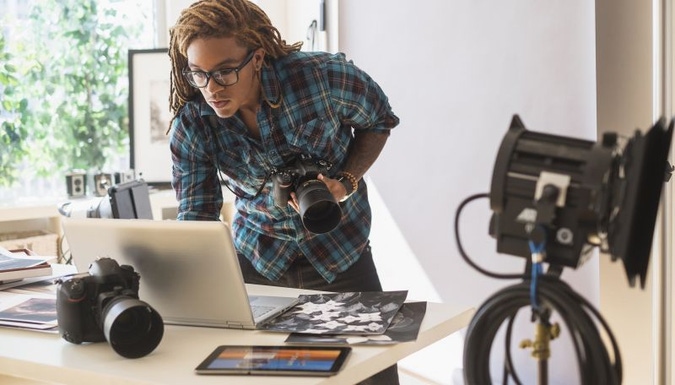 JGI | Tom Grill | Getty Images
JGI | Tom Grill | Getty Images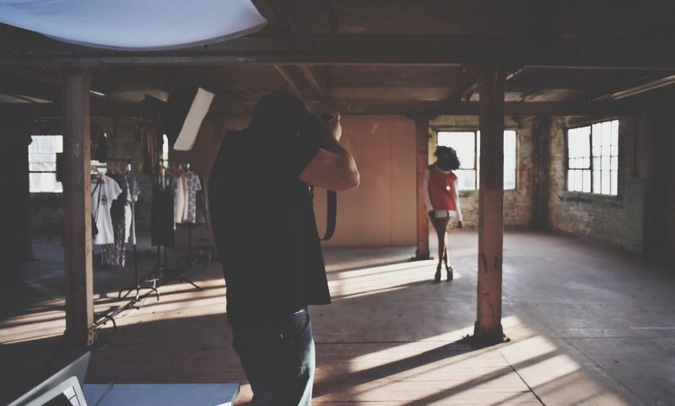 Ellie Clinch | EyeEm | Getty Images
Ellie Clinch | EyeEm | Getty Images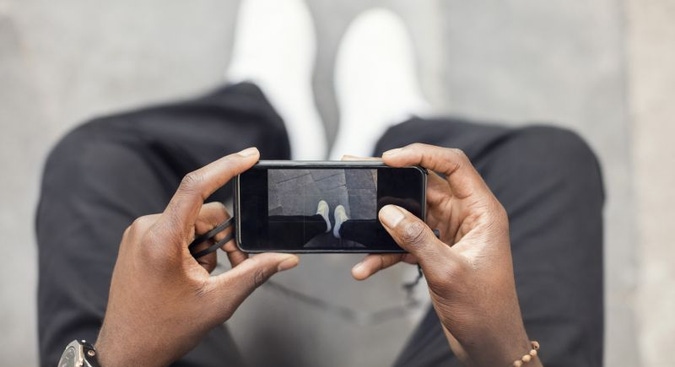 Maskot | Getty Images
Maskot | Getty Images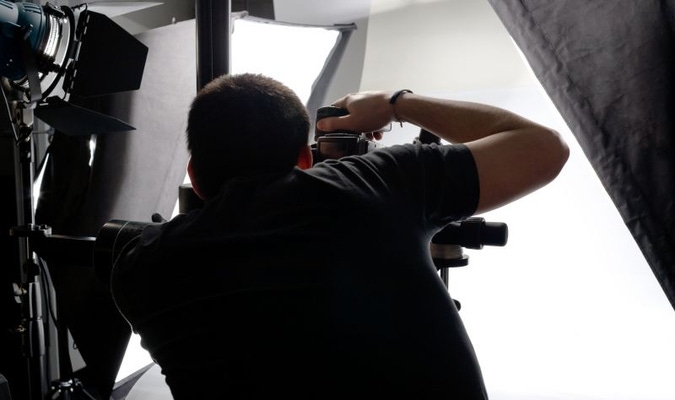 ryasick | Getty Images
ryasick | Getty Images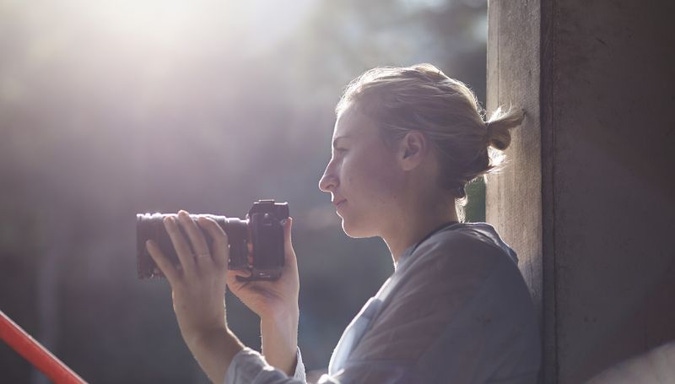 Phillip Suddick | Getty Images
Phillip Suddick | Getty Images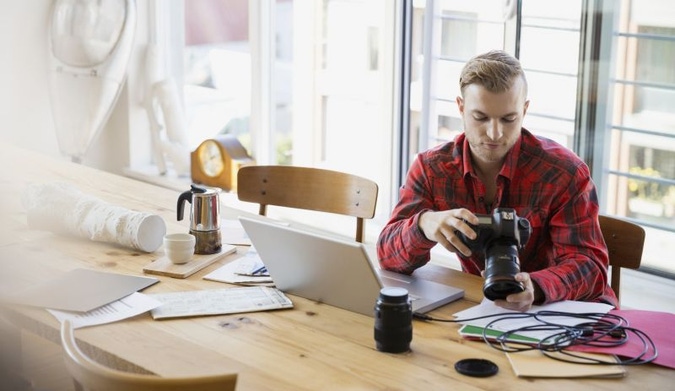 Hero Images | Getty Images
Hero Images | Getty Images Caiaimage | Tom Merton | Getty Images
Caiaimage | Tom Merton | Getty Images





